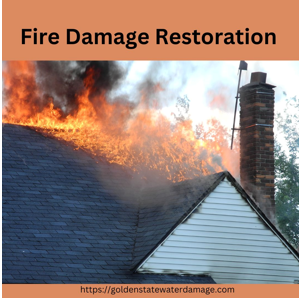Fire and Smoke Damage Restoration
The process of restoring property damaged by fire includes assessing the damage, cleaning up, repairing, and restoring the property. It necessitates a multidisciplinary strategy that combines knowledge in cleaning and decontamination, structural engineering, fire damage assessment, and reconstruction. From modest smoke damage to the complete loss of all personal items, the fire and smoke damage can range in severity. Both extremes' appearances and smells raise issues and concerns for owners, who are frequently persuaded by uninformed friends, neighbors, and family members ("the smoke odor never goes away), although there is no such thing as a permanent odor in nature. There is no greater psychological hardship for a homeowner than smoke and fire damage. Owners frequently lose access to their homes, personal belongings, bank records, and daily necessities for extended periods. In the beginning, the victims are comforted by the work efforts and assistance provided by the repair and rebuilding contractors, both emotionally and with suggestions and quick services that will help them achieve some balance in their daily lives.
The experienced contractors must be ready to handle these behavioral shifts while also demonstrating certain services that show restoration services are feasible. Over time, there is a typical transition from gratitude and relief to annoyance and wrath. A crucial part of fire damage restoration involves addressing the pervasive impacts of smoke and soot. These combustion byproducts can get into every nook and cranny, leaving behind offensive scents and dangerous particles. Professionals use cutting-edge methods to get rid of smoke odor and improve indoor air quality, including thermal fogging, ozone treatment, and specialist cleaning agents. To lessen the effects of smoke and soot, extensive cleaning and decontamination of salvageable objects, such as furniture, clothing, and personal possessions, is also done. Professionals also provide assistance and direction to impacted people and their families during the restoration process after a fire. They offer sympathy and assurance during the arduous recovery process because they are aware of the emotional toll that such events can have on people. They make recommendations for preventive steps to reduce future fire risks, assist in the coordination of insurance claims, link homeowners with pertinent resources, and more.


Comments
Post a Comment